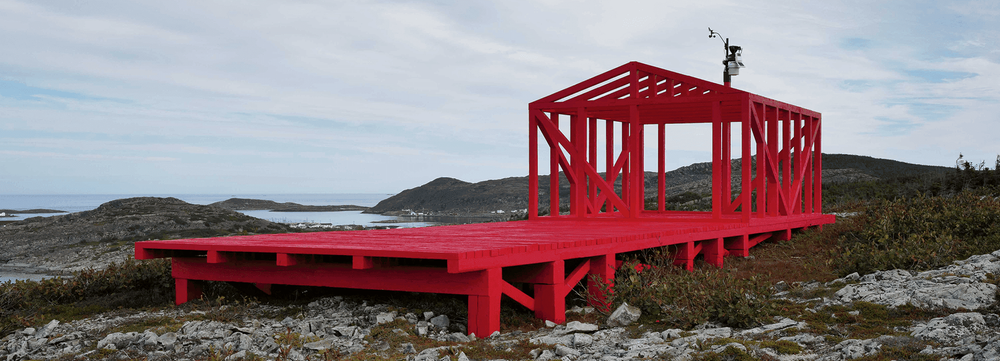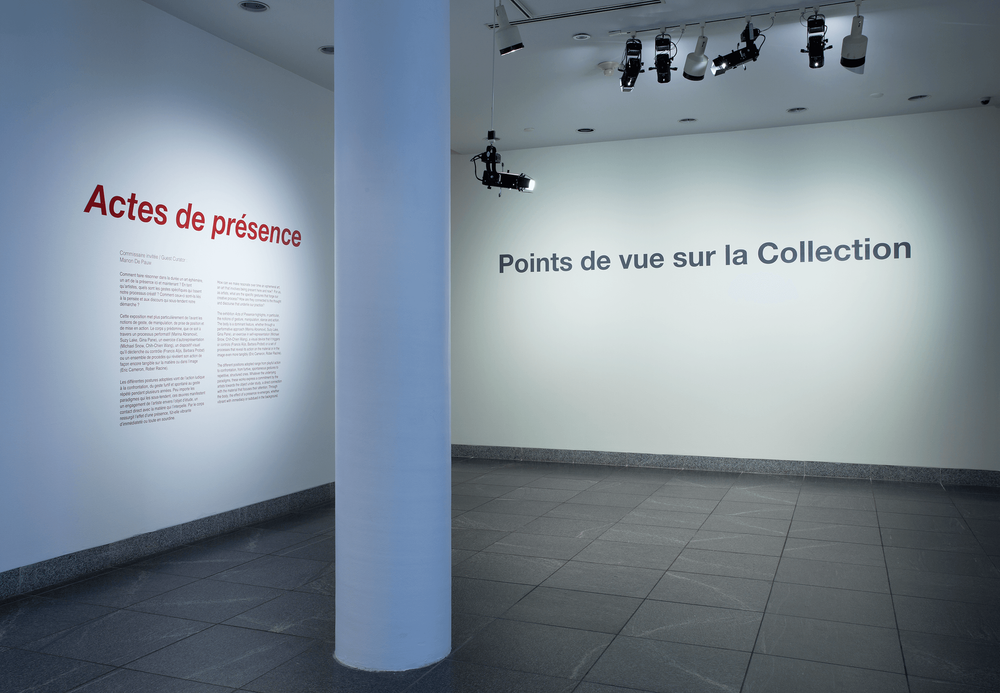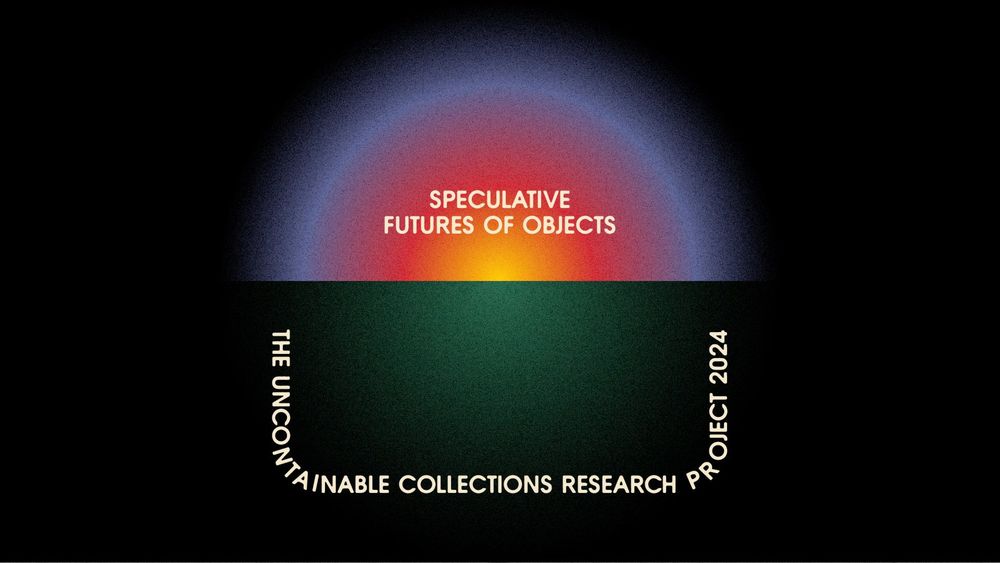Home



CIÉCO brings together the main axes of study in francophone museology in Quebec and in Canada, both in the university and in the museum contexts, focusing on examining the new uses of collections and art museums. Basic research activities and those carried out in partnership with museums and other cultural organizations as well as research-creation projects bring together researchers, artists, professional museum staff, post-doctoral fellows, and students from museum and educational institutions in Quebec, Canada, and abroad.
Territorial Acknowledgement
The CIÉCO Research and Inquiry Group acknowledges that the three Quebec universities from which it was created, namely, the Université de Montréal, Université du Québec à Montréal, and the Université du Québec en Outaouais, are located on unceded Indigenous lands which have long been inhabited by many Indigenous Peoples. It is therefore our duty to contribute to raising awareness of Canada’s colonial history and to promote respect for Indigenous knowledge and cultures.
Encyclopedia of New Uses of Collections
The Partnership’s major unifying project is the production of the first Encyclopedia of New Uses of Collections. This open-access reference work will mobilize the expertise of all the participants. The Encyclopedia draws from multidisciplinary theoretical perspectives (anthropology, museology, and sociology), historical and diachronic approaches, and exemplary case studies. The uniqueness of its content lies in the neglected terrain it analyzes and in its standpoint of examining new uses following the stages of life of the collection object—namely, acquisition, documentation and restoration, display, mediation, circulation, alienation, and restitution. Hence, this approach gives access to the entire range of museum practices.
News
Uncontainable Collections: Speculative Futures of Objects

Uncontainable Collections: Speculative Futures of Objects
A new podcast presented by Art Gallery of York University
Research or Research-Creation Residency on Decolonial Museology 2023-2024

Research or Research-Creation Residency on Decolonial Museology 2023-2024
- Université de Montréal
Deadline: March 31, 2024
_Acquiring Differently_

Acquiring Differently
- Ottawa
This international, bimodal and bilingual, colloquium is jointly produced by the National Gallery of Canada (NGC) and the Université du Québec en Outaouais (UQO) as part of the CIÉCO Research and Inquiry Group's New Uses of Collections in Art Museums Partnership. This colloquium was also made possible with the support of Équipe Art et Musée.
The IIIF image interoperability protocol for the enhancement of heritage collections

The IIIF image interoperability protocol for the enhancement of heritage collections
This discussion will explore the rich possibilities offered by the IIIF image interoperability protocol for the valorization and editorialization of heritage collections.